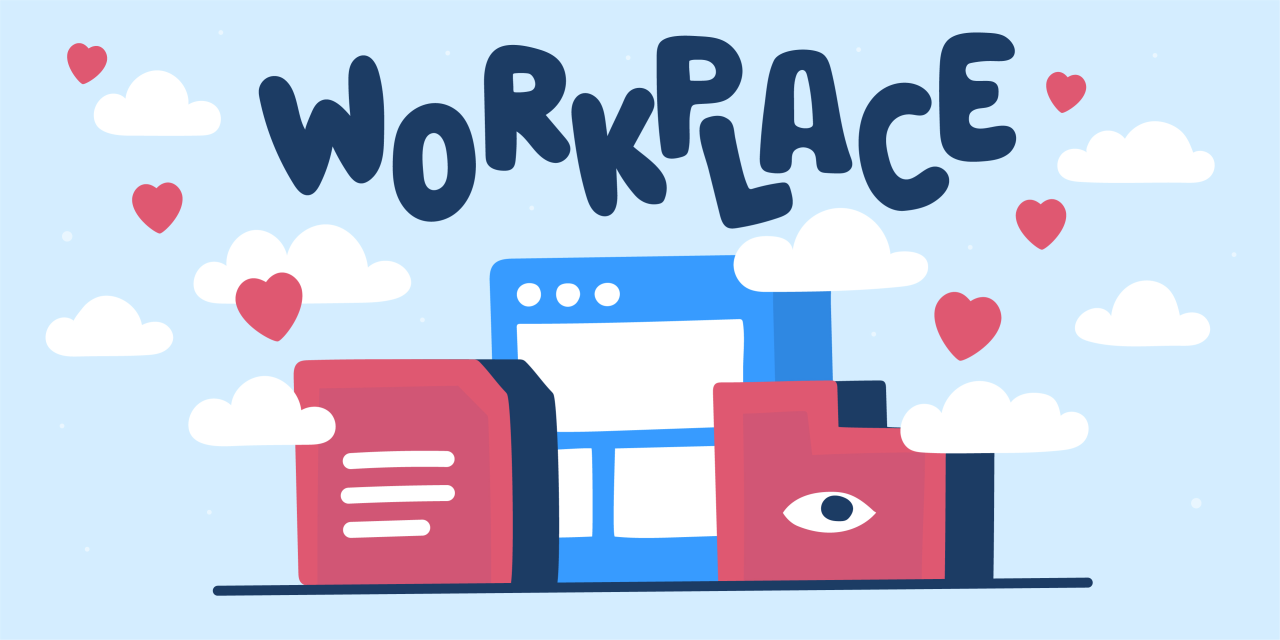
Leveraging Challenges to Cultivate Healthier and Happier Workplaces
In today's fast-paced work environment, promoting employee health and well-being has become a top priority for organizations striving to enhance productivity and engagement. One innovative approach gaining traction is the utilization of challenges to encourage healthy activities among employees. These challenges, ranging from step competitions to mindfulness exercises, not only have a positive impact on employees' physical health but also contribute to their overall happiness, engagement at work, and productivity.
Table of Contents
The Power of Challenges
Challenges inject an element of fun and competition into the workplace, motivating employees to adopt healthier habits and stay committed to their wellness goals. Whether it's a team-based step challenge or a month-long fitness competition, challenges provide a structured framework for employees to track their progress, set achievable targets, and celebrate milestones along the way.
Improving Physical Health
One of the most significant benefits of implementing challenges in the workplace is the improvement of employees' physical health. Regular physical activity has been linked to numerous health benefits, including reduced risk of chronic diseases, improved cardiovascular health, and enhanced immune function. By encouraging employees to engage in activities like walking, jogging, or participating in fitness classes, organizations can help them lead healthier lifestyles and reduce absenteeism due to illness.
Boosting Mental Well-being
In addition to promoting physical health, challenges also play a vital role in boosting employees' mental well-being. Physical activity has been shown to release endorphins, which are neurotransmitters that promote feelings of happiness and reduce stress and anxiety. By incorporating mindfulness challenges or yoga sessions into the workplace, organizations can provide employees with valuable tools to manage stress, improve focus, and enhance overall mental resilience.
Fostering Teamwork and Collaboration
Challenges that involve teamwork or friendly competition foster a sense of camaraderie among employees, strengthening relationships and promoting collaboration in the workplace. Whether it's a team-based step challenge where colleagues work together to achieve a collective goal or a department-wide fitness competition that encourages friendly rivalry, challenges create opportunities for employees to bond over shared experiences and support each other in achieving common objectives.
Increasing Engagement at Work
Engaged employees are more committed, motivated, and enthusiastic about their work, leading to higher levels of productivity and performance. Challenges that promote healthy activities can serve as a catalyst for increasing employee engagement by creating a sense of purpose and excitement in the workplace. Using employee scheduling software ensures that these activities are planned efficiently, maximizing participation and minimizing disruption to daily operations. When employees feel supported in their efforts to prioritize their health and well-being, they are more likely to feel valued and connected to their organization's mission and goals.
Enhancing Productivity
Healthy employees are more productive employees. Regular physical activity has been shown to improve cognitive function, creativity, and problem-solving skills, all of which are essential for workplace productivity. By encouraging employees to take breaks for exercise or participate in wellness challenges during the workday, organizations can help them recharge their batteries, boost energy levels, and maintain focus and concentration throughout the day.
Implementing Effective Challenges
To ensure the success of wellness challenges in the workplace, organizations should consider the following best practices:
- Clear Goals and Objectives: Clearly define the goals and objectives of each challenge, whether it's increasing physical activity, promoting mindfulness, or fostering teamwork.
- Engaging and Inclusive Activities: Choose activities that appeal to a diverse range of employees and accommodate different fitness levels and interests.
- Communication and Support: Provide regular communication and support to employees throughout the challenge, offering resources, tips, and encouragement to help them stay motivated and engaged.
- Recognition and Rewards: Recognize and reward employees for their participation and achievements, whether it's through incentives, prizes, or celebration of their efforts.
- Evaluation and Feedback: Continuously evaluate the effectiveness of challenges and gather feedback from participants to identify areas for improvement and ensure ongoing engagement.
Conclusion
Incorporating challenges into the workplace can be a powerful strategy for promoting healthier, happier, and more engaged employees. By encouraging physical activity, boosting mental well-being, fostering teamwork and collaboration, and enhancing productivity, challenges contribute to creating a positive work environment where employees can thrive both personally and professionally. As organizations continue to prioritize employee health and well-being, leveraging challenges as a tool for wellness promotion will undoubtedly become increasingly prevalent in the modern workplace.
Through a concerted effort to prioritize the health and happiness of employees, organizations can cultivate a culture of wellness that not only benefits individuals but also contributes to the overall success and sustainability of the business. By embracing challenges to promote healthy activity in the workplace, organizations can create a win-win situation where employees feel valued, supported, and empowered to achieve their full potential.
